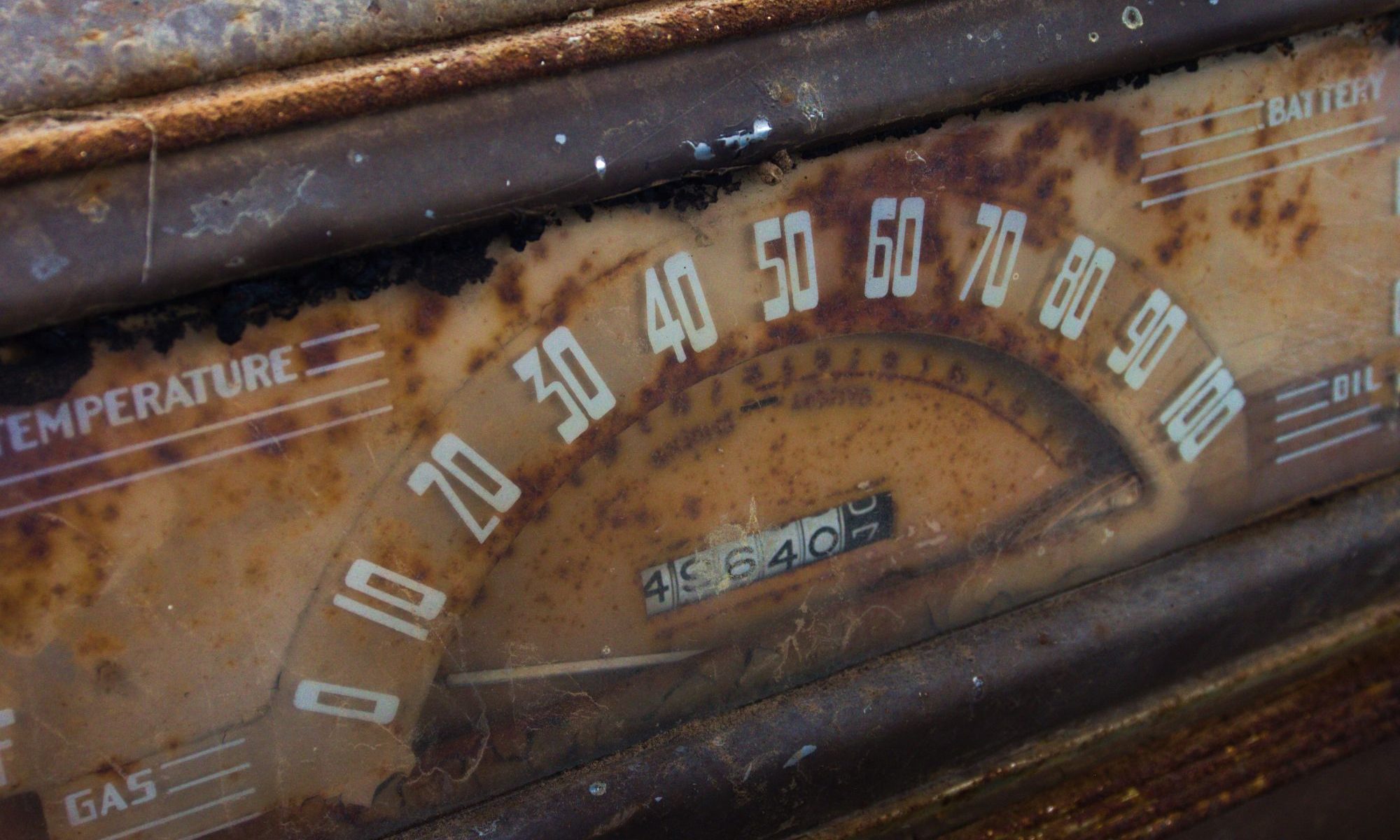Technical Terms
MANY of the methods of card manipulation explained in this work originated with us, and we have, in describing the various processes and conditions, used certain terms for the sake of brevity, to designate the particular matters referred to. The reader desiring to follow the action intelligently must clearly understand the meaning of the terms. A careful perusal of the following definitions will save much time and perplexity in comprehending the processes described:
Stock: That portion of the deck that contains certain cards, placed in some particular order for dealing; or certain desirable cards placed at top or bottom of the deck.
Run: To draw off one card at a time during the process of the hand shuffle. There is little or no difficulty in acquiring perfect ability to run the whole deck through in this manner with the utmost rapidity. The left thumb presses lightly on the top card, the right hand alone making the movement necessary to shuffle.
Jog: A card protruding a little from any part of the deck, about quarter of an inch, to fix the location of any particular card or cards. While shuffling, if the top card is to be jogged, it is pushed over the little finger end of deck by the left thumb, the little finger preventing more than one card from moving. If the first card is to be jogged, that is, the first card in the right hand, it is done by shifting the right hand slightly towards either end of the left hand packet during the shuffle, so that the first card drawn off by the left thumb will protrude a little over the end of the left-hand packet.
In-Jog: The card protruding over the little finger of the left hand.
Out-Jog: The card protruding over the first finger of the left hand.
Break: A space or division held in the deck. While shuffling it is held at the end by the right thumb. It is formed under the in-jog when about to under cut for the shuffle, by pushing the in-jog card slightly upwards with the right thumb, making a space of from an eighth to a quarter of an inch wide, and holding the space, by squeezing the ends of the packet to be drawn out, between the thumb and second and third fingers. The use of the break during a shuffle makes it possible to throw any number of cards that are immediately above it, in one packet into the left hand, without disarranging their order. The break is used when not shuffling, to locate any particular card or position, and is infinitely superior to the common method of inserting the little finger. A break can be held firmly by a finger or thumb of either hand, and entirely concealed by the other fingers of the same hand. It is also the principal aid in the blind riffles and cuts.
Throw: To pass from the right hand to the left, during a shuffle, a certain number of cards in one packet, thereby retaining their order. A throw may be required at the beginning, during the process, or at the end of a shuffle; and the packet to be thrown may be located by the jog, or break, or by both.
Culls The desired cards: To cull is the act of selecting one or more desired cards, and may consist simply in making the selection as discreetly as possible while gathering up the cards for the deal, or it may be the operation of a much more obscure and apparently impossible feat–that of gathering the desired cards rapidly and easily, from various positions in the deck, to the bottom, during the process of a shuffle that appears perfectly natural and regular.
Blind: Any method of shuffling, riffling, cutting or culling, designed to appear regular, but in reality retaining, or arranging, some preconceived order.
Upper Cut: To take or draw off a packet from the top of the deck.
Under Cut: To draw out a packet from the bottom of the deck, during the process of a shuffle.
Run Cut: To draw off several or many small packets from the top of the deck.
Top Card: The card on top of packet held in the left hand, or the original top card of the full deck, which about to be shuffled.
Shuffle Off: To shuffle without design, in the ordinary manner.
Shuffle: The old-fashioned method of shuffling the cards from hand to hand.
Filet Card: The card on top of packet held by the right hand to be shuffled.
Shift: To return the two portions of the deck to the positions occupied before the cut was made.
Riffle: The modern method of shuffling on the table by springing, the ends of two packets into each other.
Crimp: To bend one or a number of cards, so that they may be distinguished or located.
